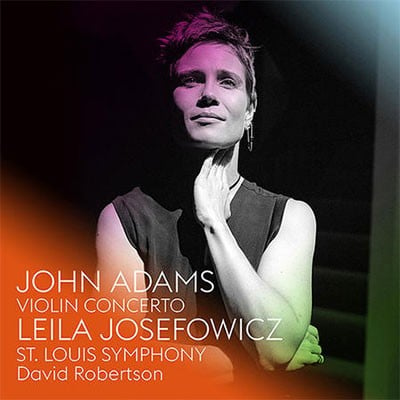Orchesterbesetzung
2(I,II=picc).2(II=corA).2(II=bcl).2-2.1.0.0-perc(2): I=marimba/t.bell/2bongo/2conga/BD/susp.cym/tamb; II=bongo/guiro/timp/bowed vib/t.bells/clave/hi cowbell/BD-2synth(Yamaha SY99 & Kurzweil K2000, or 2 Kurzweil K2000)-strings(min:6.6.5.5.2) NB: min strength advised in 1st movement
This work requires additional technological components and/or amplification.
for complete synthesizer/sampler requirements go to:
mhgrey.wordpress.com
Abkürzungsverzeichnis (PDF)
Verlag:
Boosey & Hawkes (Hendon Music)
Vertriebsgebiet
Dieses Werk ist erhältlich bei Boosey & Hawkes
in der ganzen Welt.
Verfügbarkeit
Uraufführung
19/01/1994
Ordway Music Theater, Saint Paul, MN
Jorja Fleezanis, violin / Minnesota Orchestra / Edo de Waart
Anmerkungen des Komponisten
Hintergrund
Pressestimmen
Empfohlene Aufnahme

Leila Josefowicz, violin / St Louis Symphony Orchestra /
David Robertson
Nonesuch 7559793510

